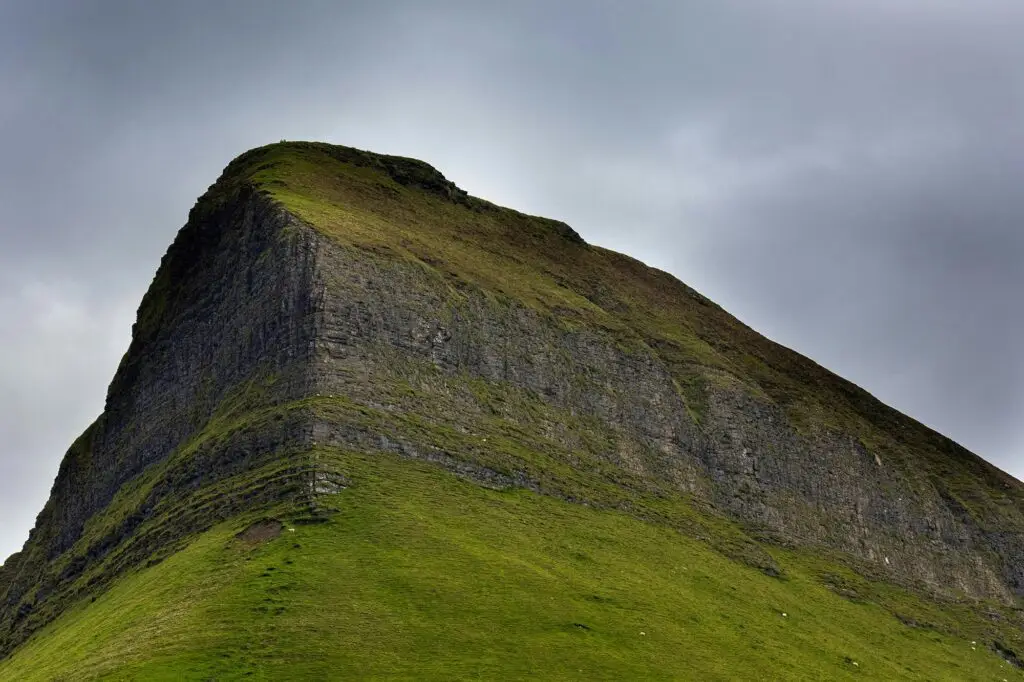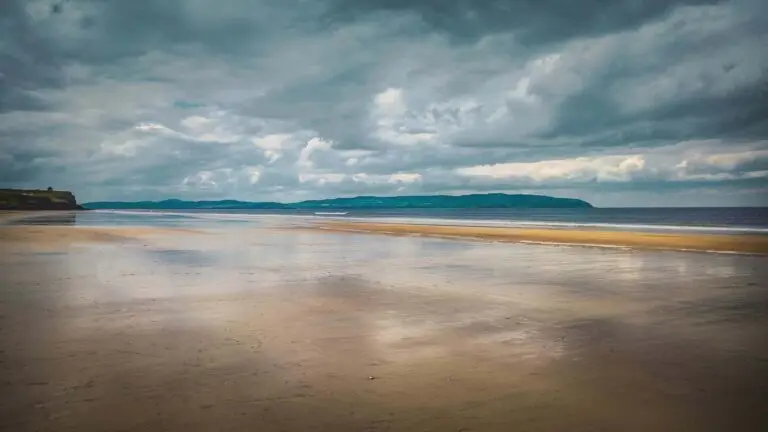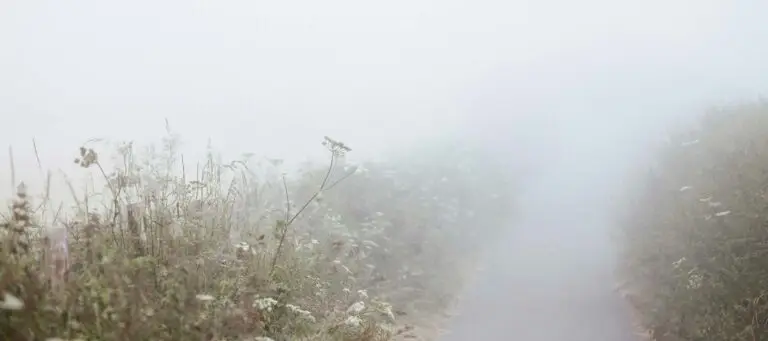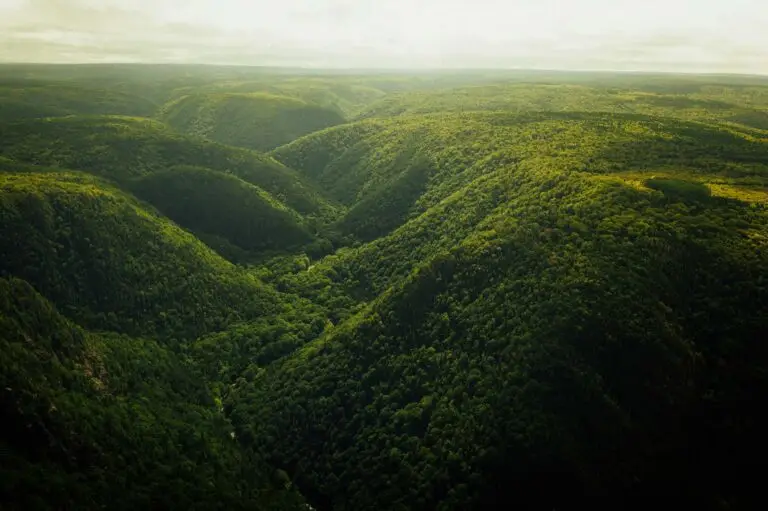The Sligo fiddle tradition is one of the most celebrated regional styles in Irish traditional music. Known for its rhythmic energy, intricate ornamentation, and dazzling bow work, this style has captivated listeners and influenced fiddlers worldwide for over a century.
Sligo’s unique approach to fiddle playing is characterised by a fast-paced, flowing style that emphasises reels and jigs, the backbone of Irish dance music. Players often employ rich triplets and rolls, adding flair and excitement to their tunes. The bowing in the Sligo tradition is dynamic and precise, driving the music forward with a powerful sense of rhythm. This infectious energy makes Sligo fiddling ideal for dancers, and its influence can be heard far beyond the borders of County Sligo.
The Golden Age of Sligo Fiddling
Much of the tradition’s fame stems from the Golden Age of Irish music recording in the early 20th century. During the 1920s and 1930s, Sligo-born fiddlers like Michael Coleman, James Morrison, and Paddy Killoran emigrated to the United States, bringing their regional style with them. These musicians made iconic recordings in New York that not only captured the essence of Sligo’s music but also helped to define Irish traditional music on a global scale.
Michael Coleman, in particular, stands as a towering figure. His playing combined technical brilliance with emotive phrasing, and his recordings became a benchmark for fiddlers everywhere.
James Morrison, another Sligo great, added his own elegance and swing to the tradition.
Paddy Killoran brought a rich, smooth style to his recordings, cementing the Sligo tradition’s reputation for excellence.
These emigrant musicians ensured that the Sligo fiddle style became one of the most influential and recognisable in the Irish diaspora, particularly in North America.
The Sound of Sligo
At its heart, the Sligo tradition emphasises lift and flow. Tunes are often played with a natural swing, making them irresistibly danceable. The emphasis on ornamentation—grace notes, rolls, and bowing variations—gives the music a sense of spontaneity and flair.
Though reels dominate the repertoire, Sligo fiddlers also excel in playing jigs, hornpipes, and slower airs, all executed with the same attention to detail and expressive power.
Carrying the Tradition Forward
While the Golden Age recordings are foundational, the Sligo fiddle tradition remains vibrant today, thanks to contemporary players who continue to explore and expand its possibilities. Fiddlers such as Kevin Burke (who I have met in Nova Scotia—what a gentleman), Séamus Tansey, and Cathal Hayden have brought the tradition to new audiences while remaining true to its roots.
Sligo’s annual Fleadh Cheoil and its thriving session culture ensure that the music remains deeply embedded in the local community. At the same time, players around the world continue to study and draw inspiration from this lively, intricate style, keeping the Sligo tradition alive and evolving.
The legacy of Sligo fiddling is a testament to its timeless appeal—its drive, ornamentation, and rhythmic energy make it a cornerstone of Irish traditional music, treasured by fiddlers and listeners alike. Jigs like “The Trip To Sligo” and “Morrison’s Jig” are some of my personal favourite Sligo repertoire to play today. Groups like Dervish are fantastic for sampling the Sligo fling and playing style.
Resources
Michael Coleman playing two reels The Pigeon On The Gate and Miss Monaghan.
James Morrison playing a set of reels The Irish Girl, The Musical Priest, and Lord Wellington’s.
Paddy Killoran playing two reels Drowsy Maggie and Toss The Feathers.
The Trip To Sligo played by Duncan Cameron.
Kevin Burke playing Morrison’s Jig and The Pipe On The Hob from his album Sligo Made.
One of my favourite groups Dervish showcasing the best of Sligo’s musicality.



